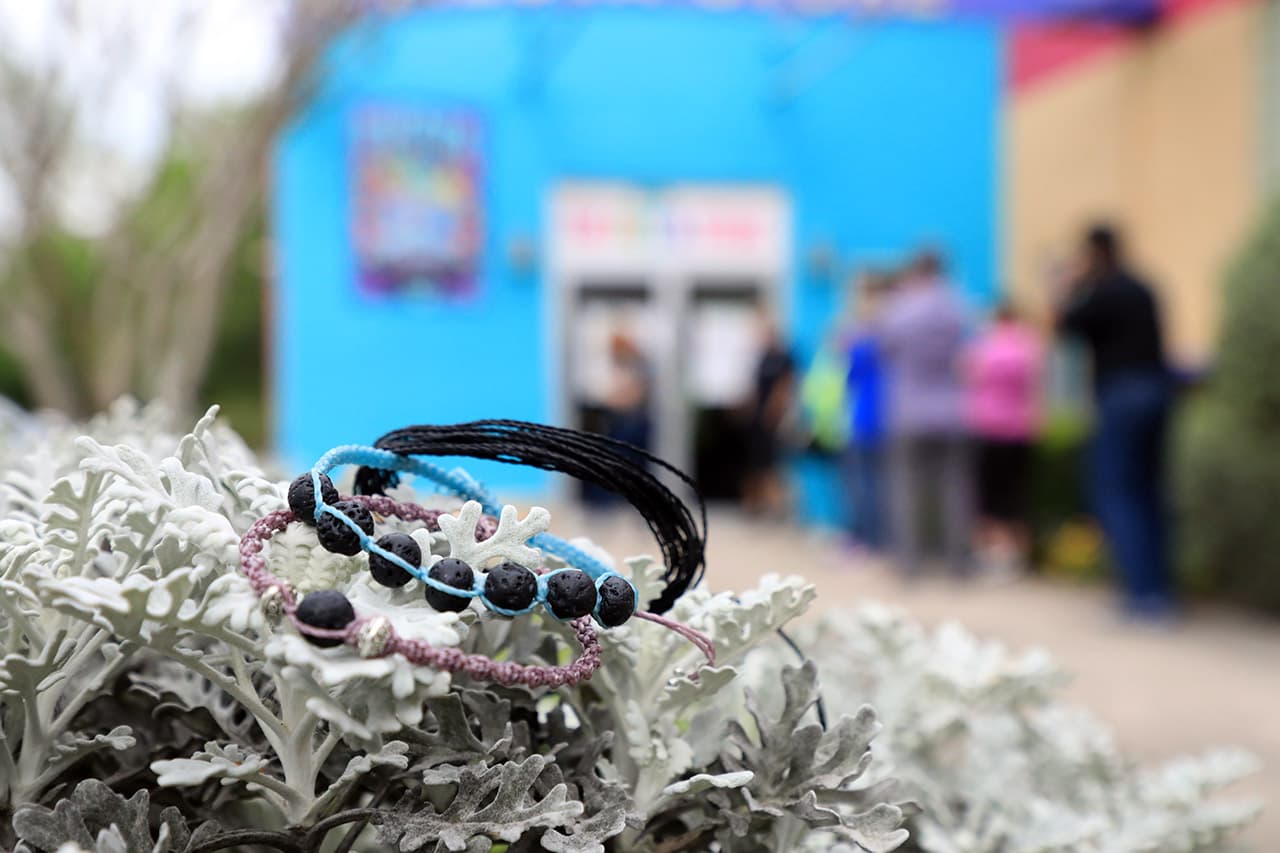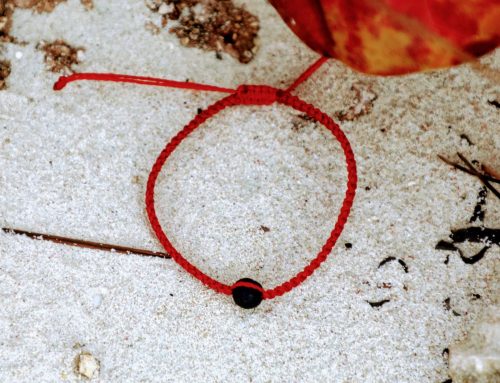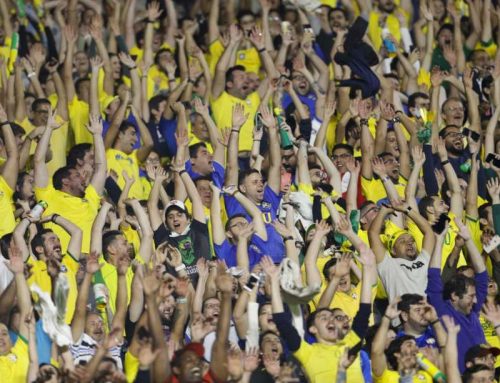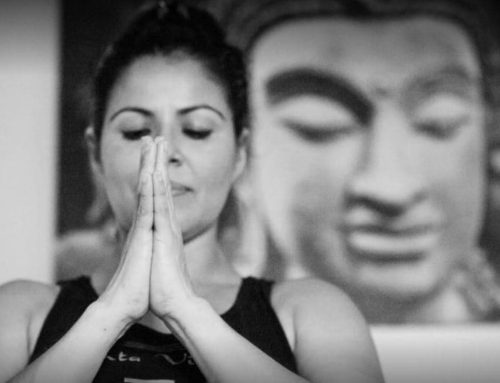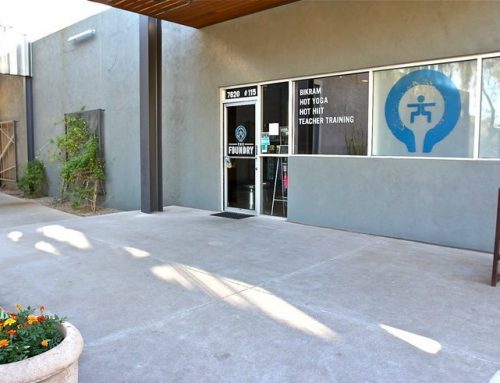Fiesta San Antonio started in 1891 as a one-parade event as a way to honor the memory of the heroes of the Alamo and the Battle of San Jacinto. A group of women decorated horse-drawn carriages, paraded in front of the Alamo, and pelted each other with flower blossoms. The parade was organized to honor the heroes from the battles of the Alamo and San Jacinto and is known as The Battle of Flowers Parade. That historic commemoration still takes place, but for more than a century, Fiesta has grown into a celebration of San Antonio’s rich and diverse cultures. Today some 2.5 million party-goers enjoy Fiesta San Antonio. More than 20 percent of Fiesta-goers travel from across the state, the nation, and even the world!
Since 1959 the Fiesta San Antonio Commission has coordinated the Fiesta planning activities of 100 local nonprofit organizations and the more than 75,000 volunteers it takes to make Fiesta San Antonio a real Texas-sized festival. The Battle of Flowers Parade continues to be the only major parade in the United States that was conceived, organized, and presented by a women’s group. The Texas Cavaliers sponsor the annual River Parade and their King Antonio attends nearly 120 Fiesta-related functions. Fiesta activities include art shows, sports tournaments and tours of local historical areas and military bases. The final event of the festival has become the Fiesta Night Parade or “Fiesta Flambeau” sponsored by the San Antonio Jaycees and lit by torchlight and fireworks.
In addition to other accessories, on the of the most popular collection items during Fiesta are the medals. According to Henry Graham’s History of the Texas Cavaliers, the origins of Fiesta medals can be traced back to 1946 when King Antonio first gave out commemorative coins at parades and other events. Years later, Joske’s started giving out wearable coin-holders that school children started wearing like badges. In 1971, King Antonio XLIX (Charles G. Orsinger) distributed what is considered to be the first official Fiesta medal and medal-collecting really took off by the 1990’s.
Fiesta medals existed prior to Orsinger’s 1971 trinket, but they were mostly reserved for Fiesta royalty and the like. The oldest medal in the Institute of Texan Culture’s database is a silver “King’s Medal” adorned with gold ribbon. King Antonio XI Sterling C. Burke wore it in 1927. Fiesta medals can be worn on sashes, necklaces, hats or by any means necessary. Fiesta medal designs vary and some hang from ribbons, others not and not all are mass-produced but some are handmade creations. Others have dual purposes like a bottle-opener medal and they’re more than colorful accessories, they are sold or traded and worn to either raise awareness for special causes.
Fast forward to 2019 and we at VOS® are now introducing our initial Limited Edition 2019 Fiesta Stack and we did so by visiting The Fiesta Store which can be seen below. Just like the Fiesta medal designs vary and not all are mass-produced but some are handmade creations, so are the limited edition diffuser bracelets. The diffuser bracelets are ideal for those who value having a distinctive handcrafted style during the Fiesta celebrations, which in turn is a more attractive and sentimental product to wear and collect over time!

